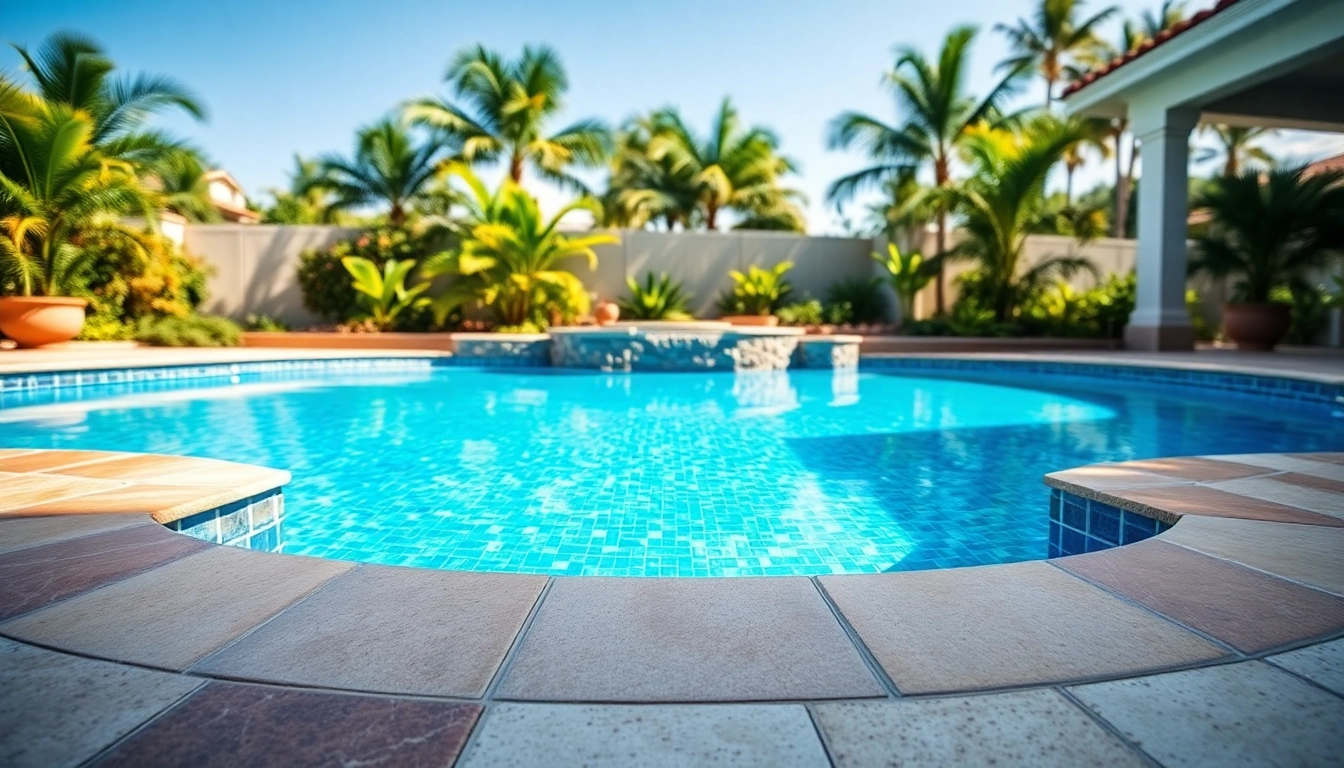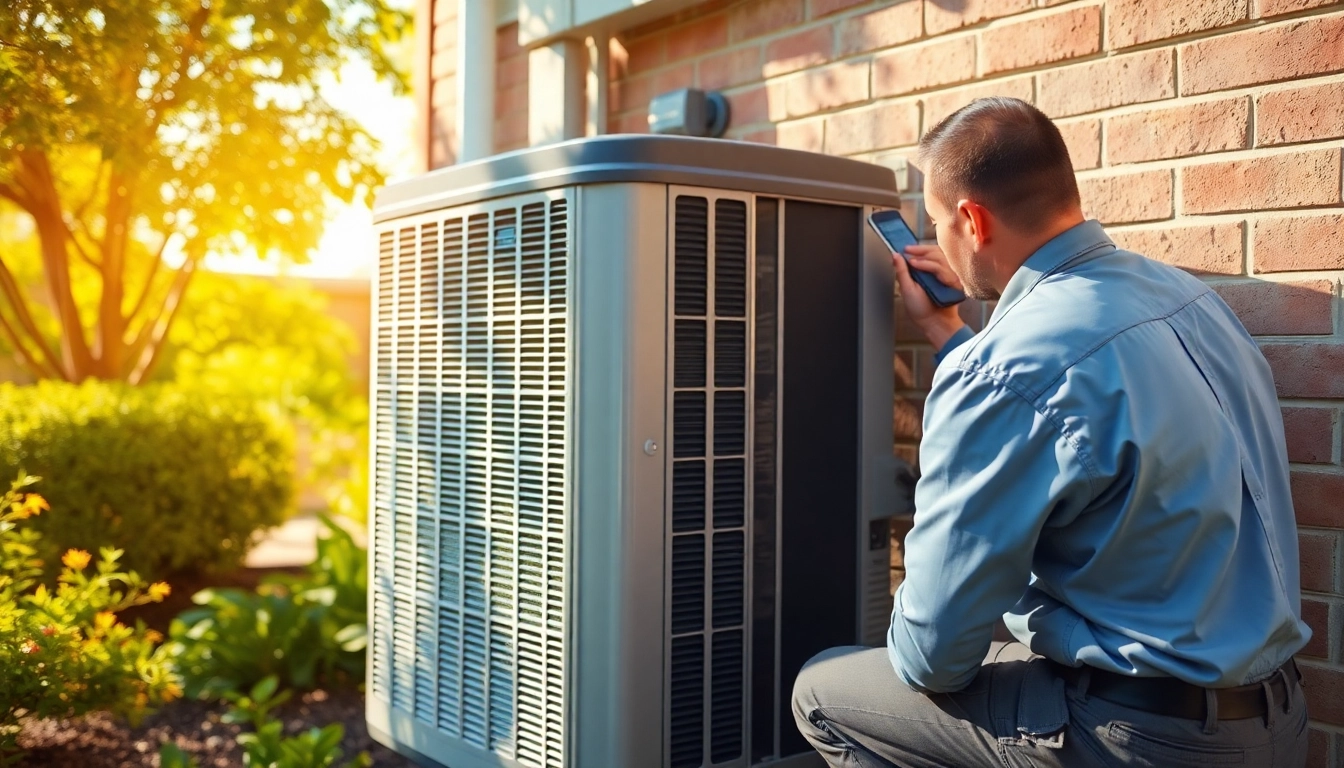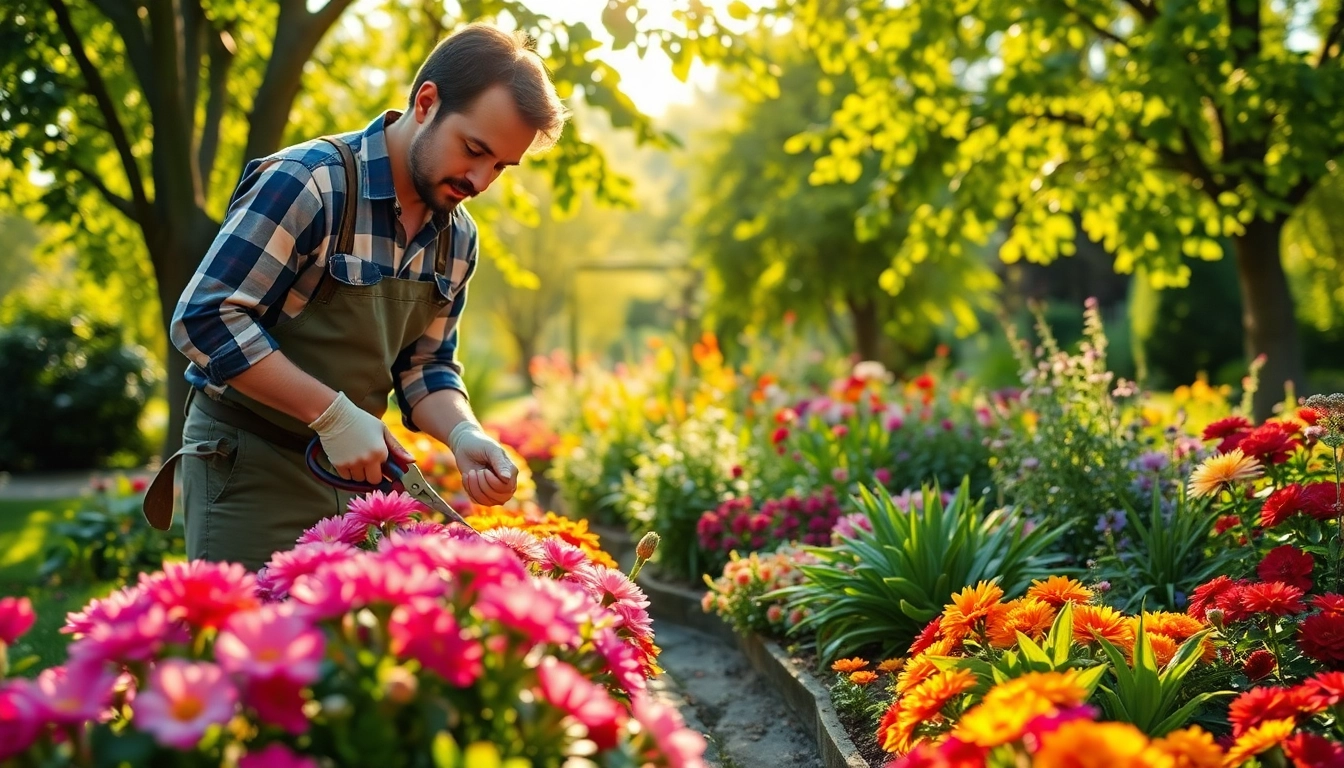Understanding Wandbegrünung Indoor
What is Indoor Greening?
Indoor greening, also known as indoor gardening or vertical gardening, is the practice of creating green spaces within enclosed environments, such as homes, offices, and other indoor areas. It involves utilizing vertical surfaces—walls or partitions—to cultivate plants, integrating nature into our daily living and working conditions. This method of greening, particularly referred to as Wandbegrünung Indoor, highlights the innovative ways plants can be employed to improve aesthetics, air quality, and overall well-being in indoor settings.
Benefits of Wandbegrünung Indoor
The shift towards incorporating greenery indoors has numerous benefits:
- Air Quality Improvement: Plants can absorb toxic pollutants and release oxygen, thereby enhancing the indoor air quality.
- Aesthetic Appeal: Vertical gardens can transform a bland wall into a vibrant, living masterpiece, contributing to a calmer and more productive atmosphere.
- Enhanced Well-being: Studies suggest that interaction with nature reduces stress, anxiety, and elevates mood, fostering a sense of connection to the natural world.
- Space Efficiency: Wandbegrünung utilizes vertical space, making it an ideal solution for those with limited floor areas while still seeking the benefits of gardening.
- Noise Reduction: Indoor plants can absorb sound, helping to lessen noise pollution in busy environments.
Choosing the Right Plants
Selecting appropriate plants is crucial for successful indoor greening. Factors to consider include lighting conditions, humidity, and the specific requirements of each plant species. Popular plants suitable for indoor vertical gardens include:
- Pothos: Adaptable and hardy, this trailing vine thrives in low light and is forgiving of neglect.
- Spider Plant: Known for its air-purifying qualities, it grows well in indirect light.
- Peace Lily: Excellent for humid conditions, it produces beautiful white blooms and is perfect for lower light environments.
- Ferns: They love humidity and shade, making them perfect candidates for indoor gardens.
- Succulents: For brighter spots, these low-maintenance plants come in various shapes and sizes.
Designing an Indoor Vertical Garden
Space Planning for Wandbegrünung Indoor
Effective design begins with thorough space planning. Analyze the intended location by measuring wall dimensions and assessing the light exposure throughout the day. Vertical gardens can be installed on any wall but selecting an area with sufficient natural light will greatly enhance plant growth. Consider incorporating elements such as:
- Modular Systems: These allow for flexibility in design and plant selection while enabling easy maintenance.
- Wall-mounted Planters: Creative arrangements can create dynamic patterns or geometric shapes that draw the eye.
- Integrated Irrigation: Systems can help streamline care, ensuring plants receive adequate moisture without manual effort.
Tools and Materials Needed
To successfully create an indoor vertical garden, you’ll need specific tools and materials, including:
- Planters or Pots: Choose lightweight options for ease of installation and maintenance.
- Irrigation Systems: Drip irrigation systems help automate watering processes, essential for vertical arrangements.
- Soil Mix: A quality soil mix tailored for indoor plants ensures proper drainage and nutrient availability.
- Mounting Hardware: Brackets, hooks, and other hardware solutions hold your design securely to the wall.
- Growth Lights: If natural light is insufficient, consider installing LED grow lights to provide necessary light spectrum.
Layering Plants for Visual Impact
Creating a visually appealing indoor garden is achieved through strategic layering. Combining plants of various heights, textures, and colors adds depth and complexity. Here are some layering techniques:
- Foreground, Midground, and Background: Position shorter plants in the front and taller ones in the back to create dimension.
- Color Harmony: Use complementary colors to create a cohesive look, balancing foliage colors with flowering plants.
- Textural Variety: Incorporating plants with different leaf textures ensures a rich visual experience.
Maintenance Tips for Healthy Indoor Gardens
Watering and Nutrient Management
Proper watering and nutrient management are crucial for the sustainability and health of your indoor plants. Here are some guidelines:
- Soil Moisture: Check soil moisture before watering; over or under-watering can harm plants.
- Nutrient Scheduling: Utilize water-soluble fertilizers during the growing season to provide essential nutrients.
- Drainage Solutions: Ensure pots have adequate drainage to prevent root rot.
Pest Control and Treatment Strategies
Indoor plants are not immune to pests. Maintaining a clean growing environment and monitoring for signs of infestation can help. Here are effective strategies for pest control:
- Regular Inspections: Routinely check leaves and stems for any signs of pests like aphids or spider mites.
- Natural Remedies: Use insecticidal soap or neem oil as organic pest control alternatives.
- Quarantine New Plants: Isolate new additions for a few weeks to prevent potential infestations from spreading.
Seasonal Care Adjustments
As seasons change, so do the needs of indoor plants. Adapting care routines according to seasonal variations is essential:
- Winter Care: Reduce watering frequency as many plants go dormant; consider relocating plants to sunnier spots.
- Summer Growth: Increase water and nutrition levels during active growth periods.
- Humidity Maintenance: Use misting or humidifiers during dry seasons to support tropical plants’ humidity needs.
Common Challenges in Indoor Planting
Light Requirements and Solutions
One of the greatest challenges in indoor gardening is providing adequate light:
- Light Assessment: Determine the type of light your plants require and evaluate the light availability in your chosen space.
- Supplemental Lighting: Employ grow lights to meet the light needs of more light-demanding plants.
- Plant Arrangement: Positioning shade-tolerant plants in lower light areas and sun-loving plants nearer to windows can optimize their growth.
Humidity Level Management
Many indoor plants, especially tropical varieties, thrive in high-humidity environments. Here are some humidity management tips:
- Humidity Trays: Place trays filled with water and pebbles below your plants to increase humidity through evaporation.
- Grouping Plants: Cluster plants together to create a micro-climate of increased humidity.
- Regular Misting: Mist plants periodically to maintain moisture levels, especially during the dry winter months.
Overcoming Space Limitations
In urban environments, space often comes at a premium. Here are strategies to overcome planting limitations:
- Vertical Solutions: Wall-mounted planters and shelving systems allow you to maximize vertical space effectively.
- Modular Gardens: Consider portable or modular designs that can be adjusted based on available space.
- Use of Multi-functional Areas: Integrate plant systems into everyday furniture like bookshelves or room dividers that serve dual purposes.
When to Hire a Professional for Indoor Greening
Identifying Complex Needs
While many indoor greening projects can be DIY endeavors, certain situations may warrant professional assistance:
- Complex Designs: If your vision includes intricate layouts or requires a specialized knowledge base, hiring a professional interior plantscaper can be beneficial.
- Large-scale Installations: For expansive spaces or corporate environments, expertise in large installations can ensure a cohesive design.
- Long-term Maintenance Planning: Professionals can set up an effective maintenance schedule tailored to your specific indoor environment.
Evaluating Design Expertise
Before hiring a professional, evaluate their expertise by:
- Reviewing Portfolios: Examine past projects to assess design quality and creativity.
- Checking References: Seek testimonials or reviews from previous clients to ensure reliable service.
- Inquiring About Sustainability Practices: Ask about plant sourcing and maintenance strategies that align with environmentally-friendly practices.
Cost Considerations for Hiring Help
Understanding the costs associated with hiring professionals can make budgeting easier:
- Initial Consultation Fees: Many professionals will charge for preliminary assessments to discuss ideas and plans.
- Installation Costs: The expense will vary based on plant selection, materials, and complexity of the design.
- Ongoing Maintenance Fees: Factor in potential monthly or quarterly fees for upkeep to maintain plant health and aesthetics.



